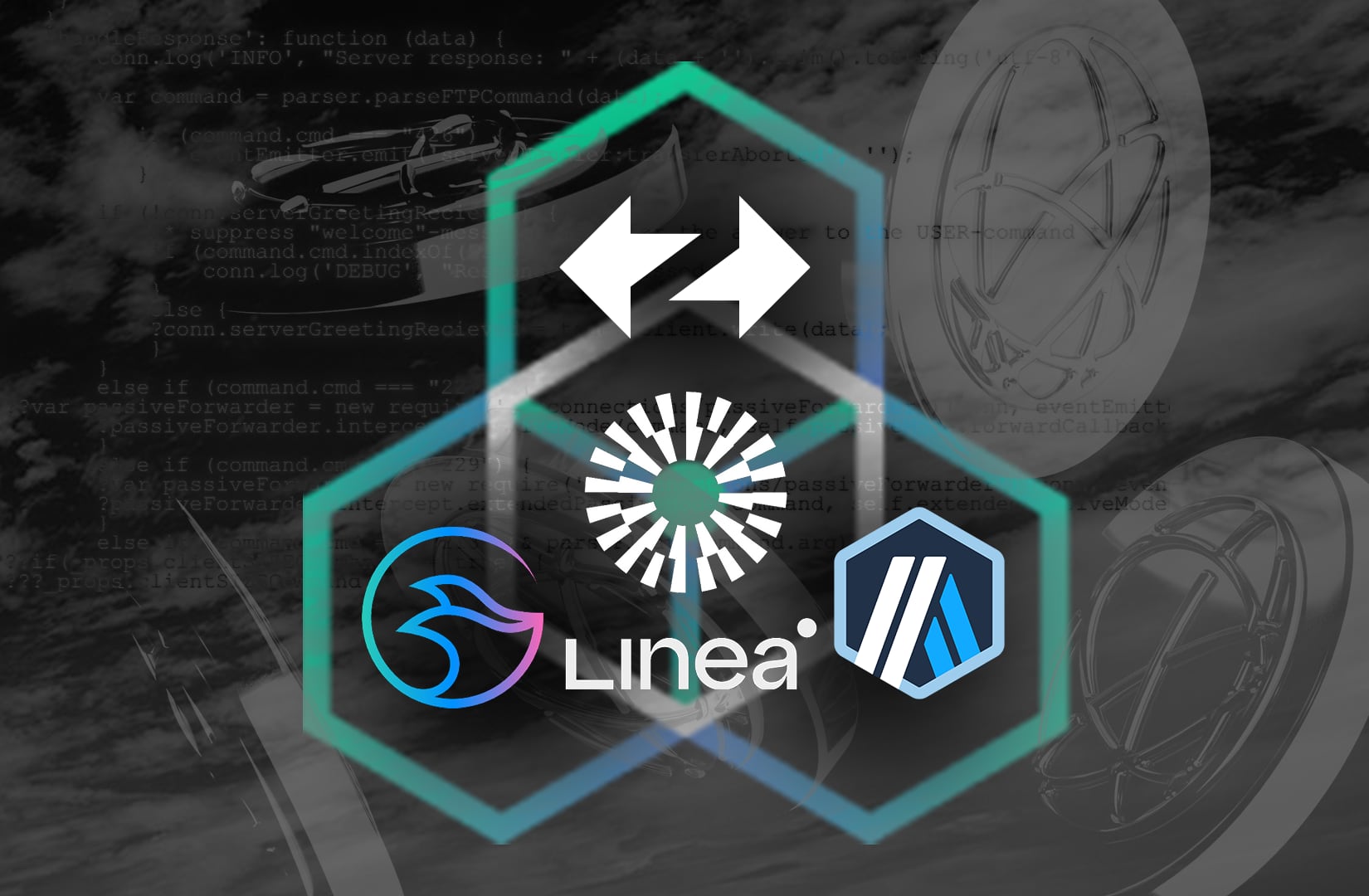ZkLink looks to solve Ethereum’s fragmented liquidity with a layer 3 — but there are risks
0
0

Layer 2 blockchains have helped scale Ethereum, bringing transaction costs down to cents compared to those on the main Ethereum network.
But despite their successes, layer 2s have created a new problem called liquidity fragmentation — the splitting up of once-concentrated capital across multiple separate blockchains.
Liquidity fragmentation poses several problems. Smaller, unconnected pools of capital spurs volatility and means users get worse prices on their trades.
ZkLink is one project working to solve liquidity fragmentation on Ethereum.
It has created a so-called layer 3 network — zkLink Nova — which is connected to eight Ethereum layer 2s. zkLink has launched MergeToken on Nova, which is a smart contract that consolidates assets — bridged from layer 2s to Nova and of equivalent value — into a single token.
“We’re setting the precedent for a practice that we hope more projects will adopt to make the web3 trading environment friendlier,” said Vince Yang, CEO and co-founder of zkLink.
Before layer 2s, as well as other blockchains like Solana, Ethereum hosted the lion’s share of onchain activity, pushing the network to $102 billion worth of DeFi deposits in 2021.
But in recent years, onchain activity is increasingly moving to layer 2s — separate networks built on top of Ethereum that offer faster and cheaper transactions. Much of Ethereum’s vast capital has jumped ship, flowing to layer 2s like Arbitrum, Optimism and Base, among others.
MergeToken will initially merge versions of stablecoins USDC, USDT and DAI, followed by Wrapped Bitcoin and Ethereum liquid staking tokens in the future.
The hope is that by reunifying Ethereum’s scattered liquidity on its layer 3, zkLink can increase capital efficiency within the Ethereum ecosystem and provide a better user experience and trade prices.
But there are also risks.
In order to make zkLink’s plan work, users must bridge their assets from other layer 2 blockchains to Nova, then lock them up in an upgradable smart contract controlled by a multi-signature wallet — a crypto wallet that requires multiple password-like private keys to send transactions.
This system creates a big pool of assets that can become a lucrative target for hackers. In 2022, the Ronin crypto bridge, which also kept assets in a multi-signature wallet, was hacked for $624 million after the private keys that controlled it were compromised.
Addressing security concerns
Yang told DL News there are 3 external vulnerabilities zkLink attempts to protect its users from: bridge contract risk, MergeToken smart contract risk and governance risk.
Both the bridge contract and MergeToken contracts lock up assets in a single place — like a bank vault filled with gold bars.
And like such bank vaults, which before the advent of digital money were all too often a target of thieves, these smart contracts that hold millions of dollars worth of crypto have also become lucrative targets.
Hackers have previously used social engineering techniques to steal the private keys that control smart contracts, while others have used code exploits to trick contracts into giving them their contents.
Yang said zkLink’s contracts have been audited by its security partners, ABDK and Secure3.
He also said that the multi-signature wallet that controls the MergeToken smart contract is tied to a governance committee made up of multiple projects separate from zkLink.
A governance committee made up of 10 projects and institutions, including market maker Wintermute and venture capital firm Ascensive Assets, will oversee all current and future merger proposals.
ZkLink said upgrades to the MergeToken smart contract require a two-thirds vote from committee members.
Fixing liquidity fragmentation
Certain tokens, such as Circle’s USDC stablecoin, are not always equal across different layer 2s. When a user sends USDC to Nova, it is represented as a different asset depending on which layer 2 blockchain it came from.
ZkLink Nova offers the same faster and cheaper transactions by using zero-knowledge proofs, the same technology that underpins layer 2s like zkSync and Starknet. But it also reunites liquidity split among several different versions of the same assets issued across the ever-growing list of layer 2s.
But the boons of reunifying liquidity are only accessible to those on Nova, Yang told DL News.
“The MergeToken is a function unique to Nova and dApps built on Nova can access the aggregated liquidity pool,” he said.
DeFi users will have to look to other projects, such as cross-chain bridge and messaging projects like Wormhole, Alexar and LayerZero to break down the barriers between separate blockchains once and for all.
But for now, zkLink’s offers one of the first available solutions to liquidity fragmentation that users and developers can start playing around with.
Tim Craig is DL News’ Edinburgh-based DeFi Correspondent. Reach out to him with tips at tim@dlnews.com.
0
0






